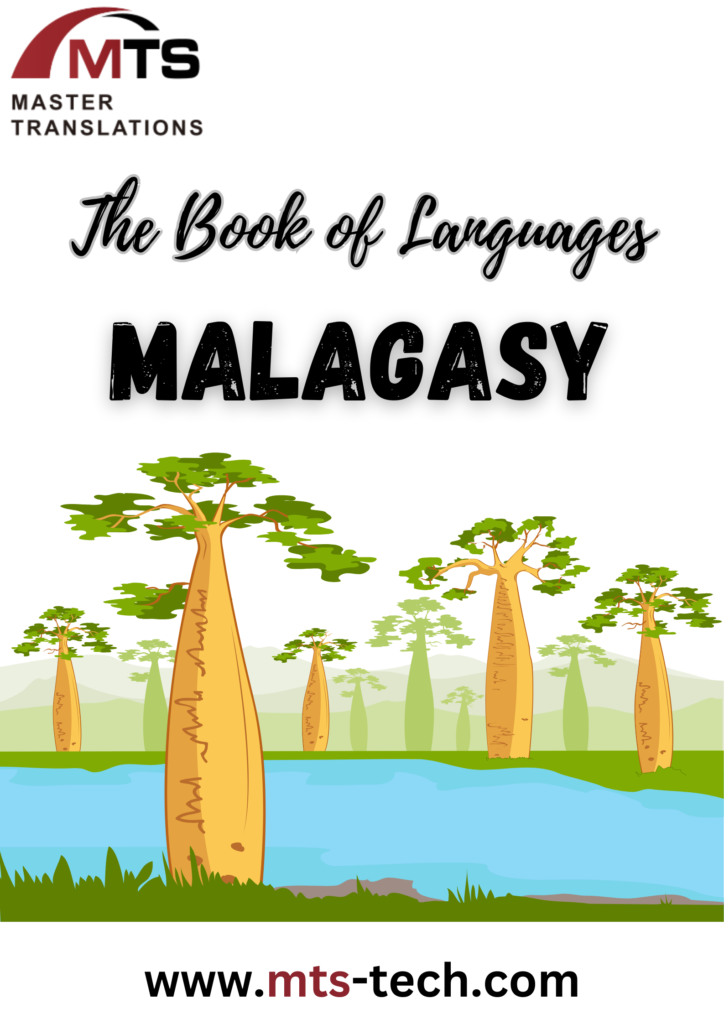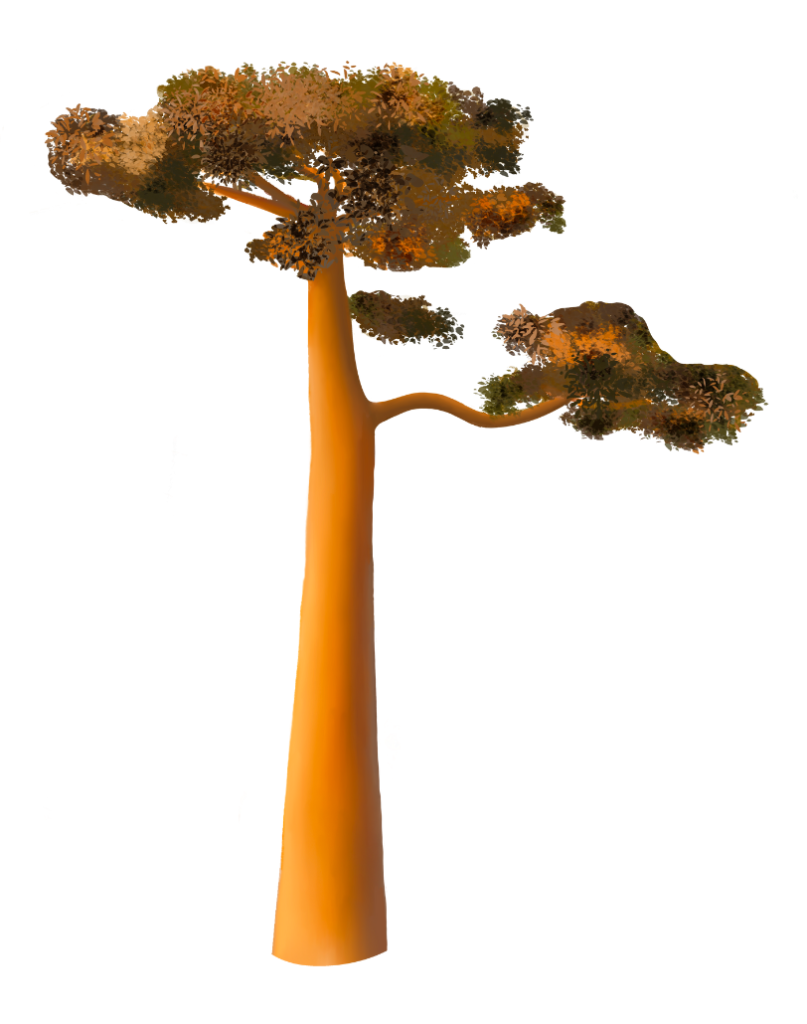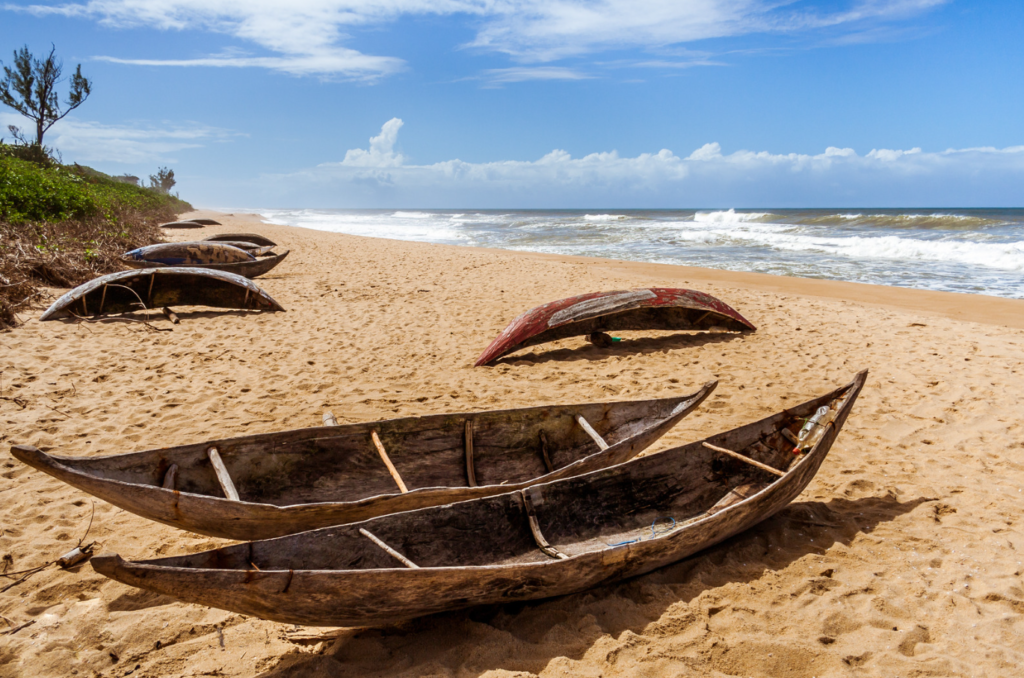
Nestled in the Indian Ocean, off the coast of East Africa, lies Madagascar, home to the Malagasy language. As the national language of Madagascar, Malagasy holds a unique place in the linguistic tapestry of the world. It belongs to the Austronesian language family, sharing ancestry with languages as far-flung as Hawaiian and Malay! This connection is a testament to the incredible journeys of ancient seafarers and the deep historical ties that bind distant lands.
The story of Malagasy begins with the first settlers of Madagascar, likely from present-day Indonesia, around the first millennium AD. These Austronesian-speaking people brought with them a language that would evolve significantly on the island. Over time, Malagasy absorbed influences from the Bantu languages, Arabic, French, and English, reflecting Madagascar’s diverse historical contacts. Despite these influences, the core of Malagasy has remained true to its Austronesian roots, showcasing a fascinating blend of linguistic and cultural evolution.

Words!
The Malagasy language harbors words that vividly reflect the island’s culture and environment. One such word is “Fihavanana,” which describes a concept of kinship and community solidarity that is central to Malagasy society. Another term, “Tsingy,” refers to a type of limestone formation unique to Madagascar, illustrating the language’s deep connection with the island’s geography. Additionally, “Zafimaniry,” the name of an ethnic subgroup, is renowned for their intricate woodcraft, signifying the intersection of language, culture, and art.

Malagasy is notable for several linguistic features. It is an agglutinative language, constructing words and sentences through a series of affixes attached to root words, a trait it shares with other Austronesian languages. Interestingly, Malagasy places the verb at the beginning of the sentence, a structure relatively rare among the world’s languages. This syntax, along with its unique vocabulary and phonology, sets Malagasy apart from the languages of mainland Africa.

Malagasy plays an integral role in Madagascar’s arts and cultural traditions. Oral storytelling, a revered art form, utilizes the language’s rhythmic and melodic qualities to pass down ancient tales and wisdom. Additionally, the language is central to traditional music and dance, which are vital expressions of Malagasy identity and heritage, capturing the island’s spirit and history in every verse and movement.
Learning Malagasy presents an intriguing challenge to language enthusiasts. Its agglutinative nature, unusual sentence structure, and distinct phonetic system can be initially daunting for learners accustomed to Indo-European languages. However, these same characteristics make mastering Malagasy a rewarding and enriching experience, offering a deeper understanding of Madagascar’s unique cultural and linguistic landscape.
